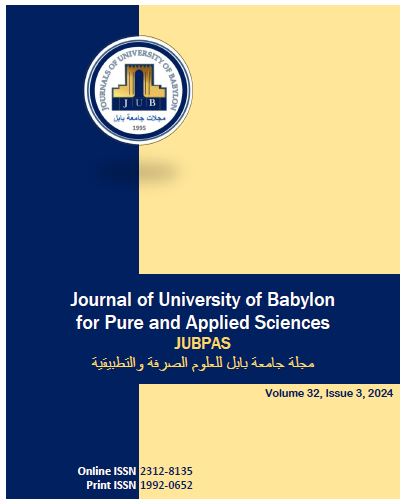Development of Bone Marrow Transplantation Strategies
Main Article Content
Abstract
The use of alternative stem cell sources, the growth of supportive healthcare facilities, and the expansion of indications for bone marrow transplantation (BMT) as well as partially matched donors from the same family are all continuing evolutionary trends as the use of BMT has been developed and expanded to include donors who are not related by blood but have Partial histocompatibility antigen compatibility. Although the outcomes of these transplants are not as good as those performed with first-degree siblings, patients with leukemia, aplastic anemia, and immunodeficiency disorders who cannot receive treatment otherwise they can receive it now. Patients suffering from diseases such as acute myeloid leukemia, acute lymphoblastic leukemia, and Hodgkin lymphoma also show success with autologous bone marrow transplants. Furthermore, bone marrow or blood stem cell support is used after intensive chemotherapy. Patients with stage II, III, and IV breast cancer can benefit from treatment with bone marrow cells found in peripheral blood. In this review, the most important developments in autologous and allogeneic bone marrow transplantation, the control of infectious diseases, and the use of gene therapy to alter genetic disorders that are transmitted from parents to their offspring through bone marrow or peripheral blood infusions are outlined.
Article Details
Issue
Section

This work is licensed under a Creative Commons Attribution 4.0 International License.
